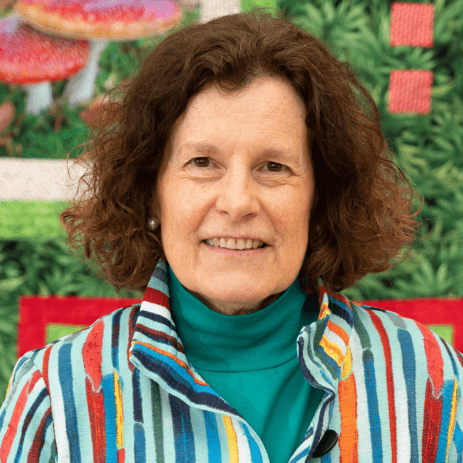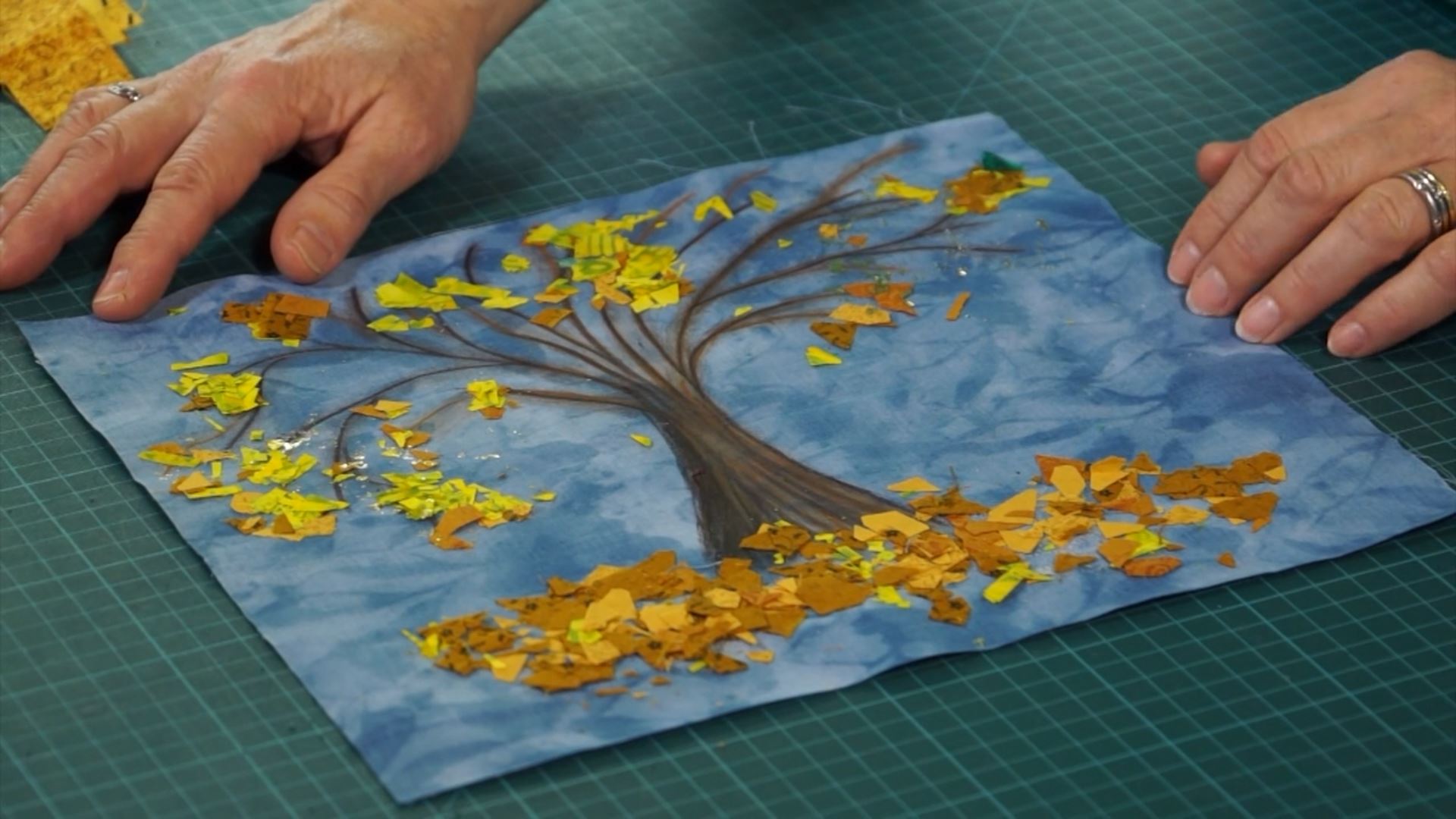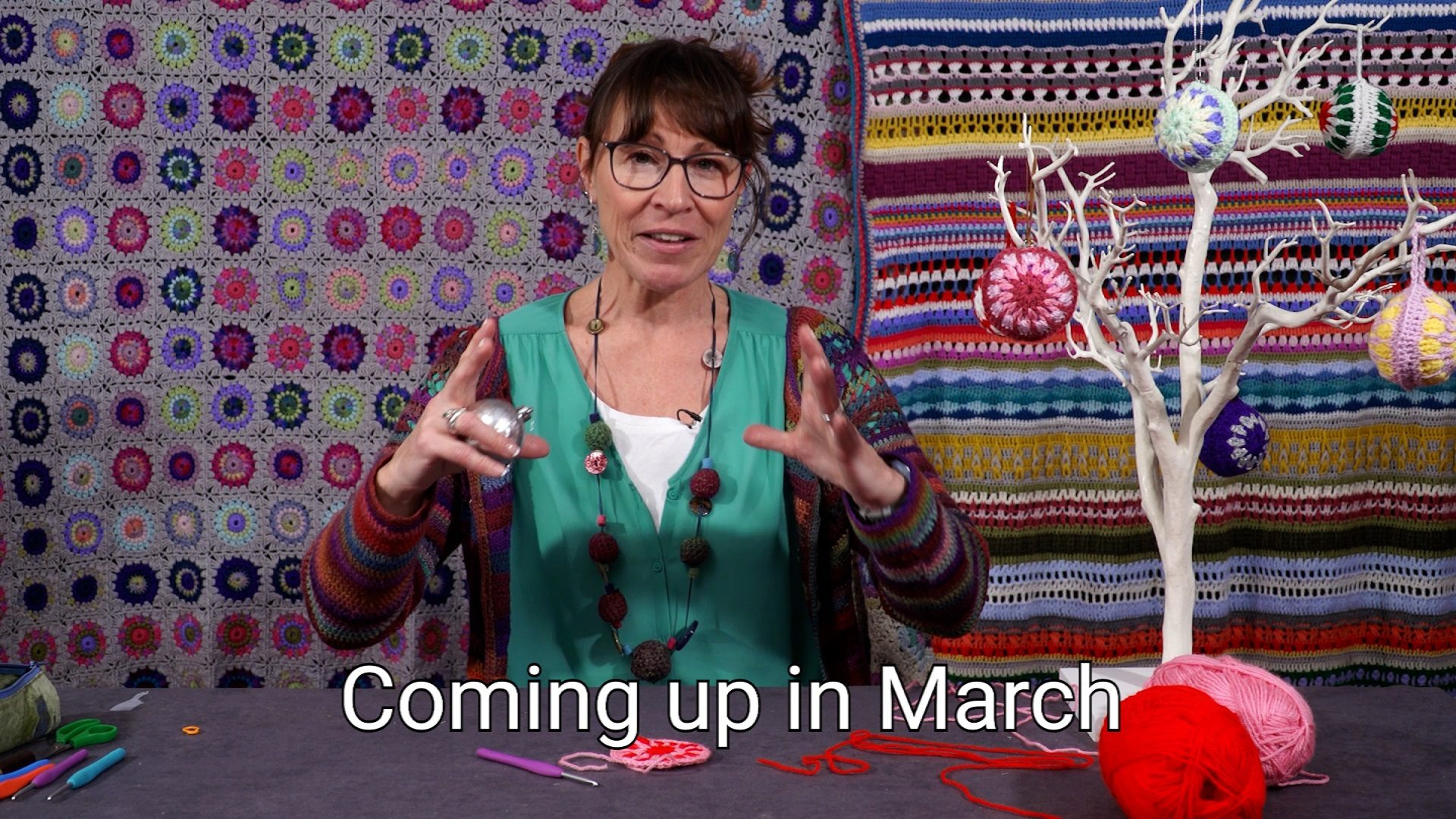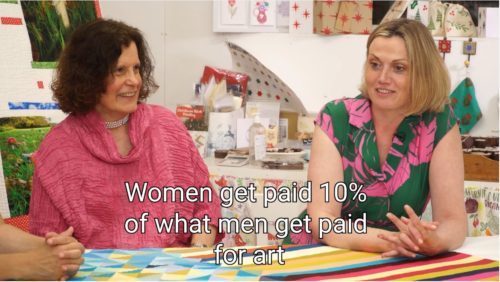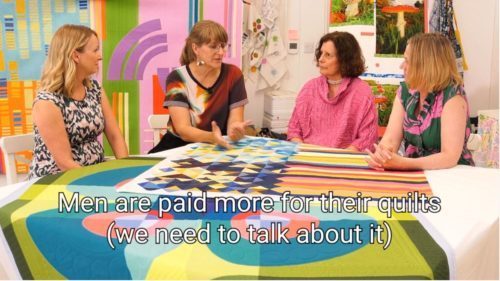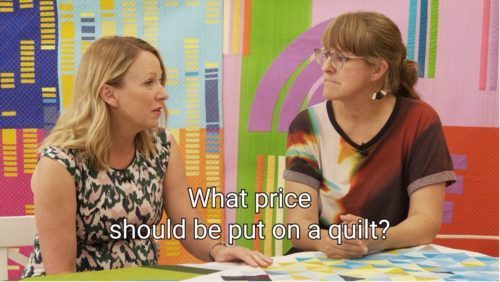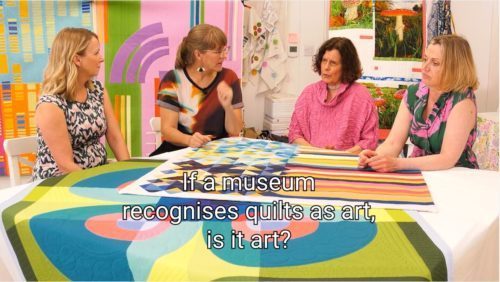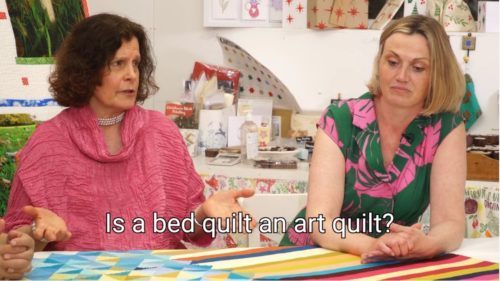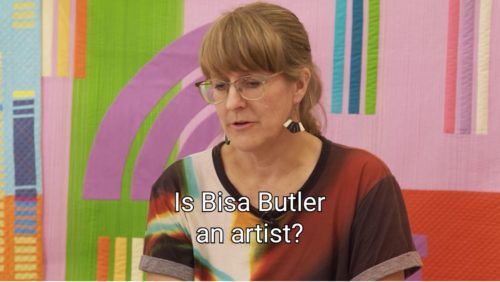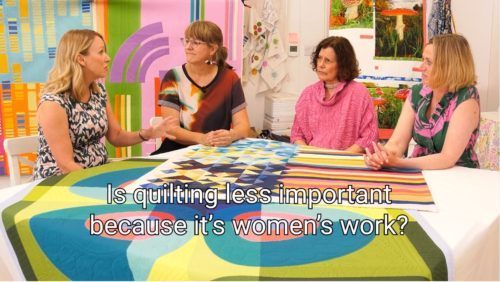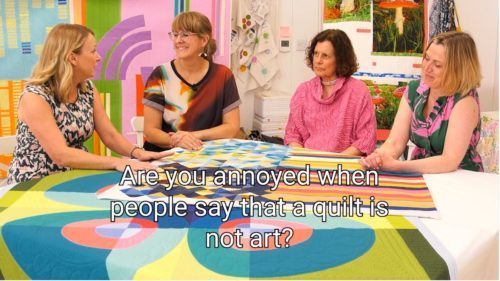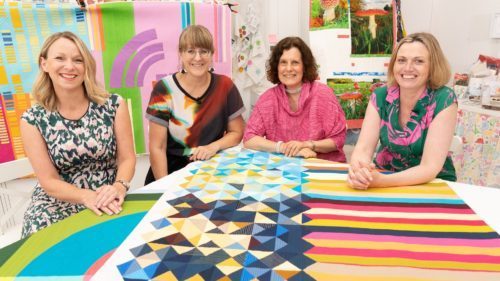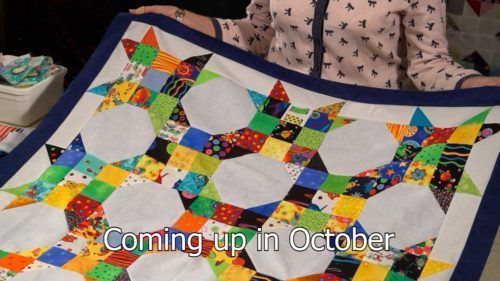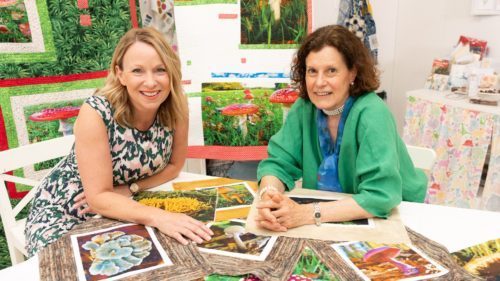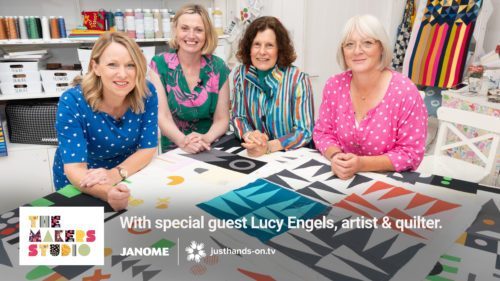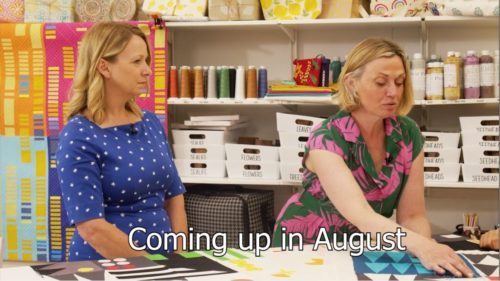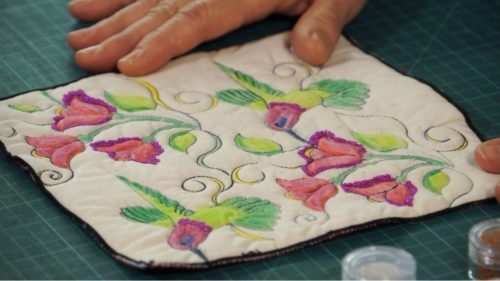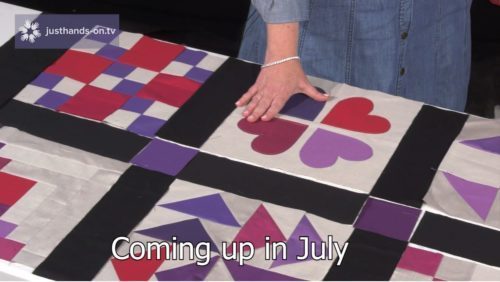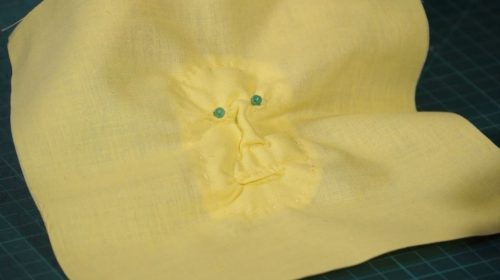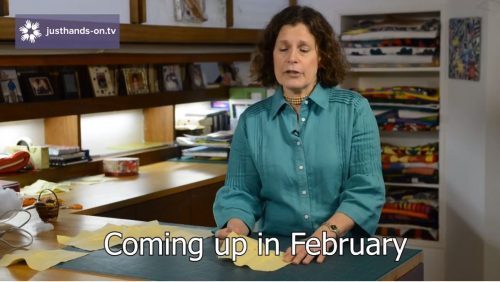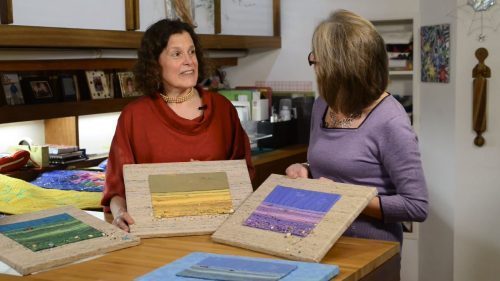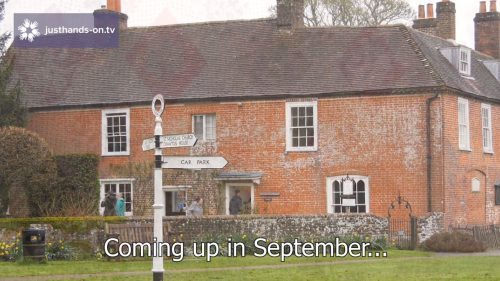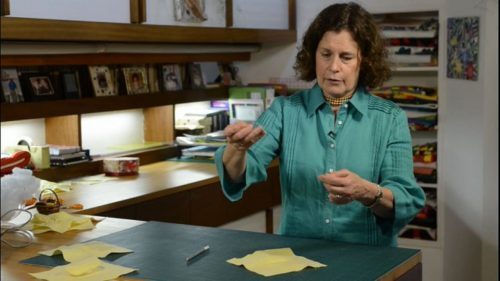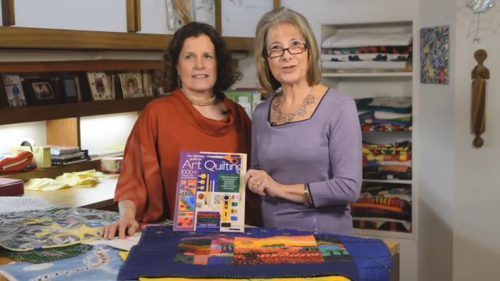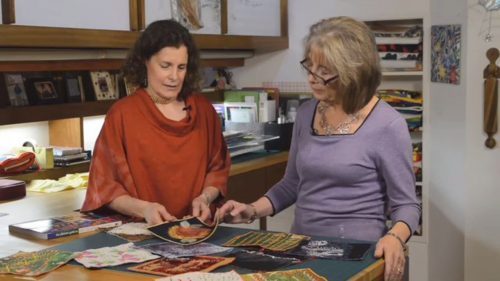About Linda
Linda Seward is an experienced quilter, writer, lecturer, and quilt judge.
Linda’s been doing needlework ever since she learned to hold a needle. She was taught to embroider by her mother and to knit and crochet by her grandmothers. She began to sew her own clothes at the age of 10, but didn’t begin making quilts until she was in her 20s.
Linda attended Livingston College (Rutgers University) where she earned an Anthropology Degree, then switched to Douglas College where she received a Home Economics degree in clothing, textiles, and design. She studied fashion in New York City at Tobe-Coburn School for Fashion Careers before working as a needlework and crafts editor in both America and England. She taught herself the basics of quilting while working as an editor for McCall’s Needlework & Crafts Magazine in New York City. After that, although she edited dozens of books on all types of needlework and crafts for Dover Publications in New York, Linda always felt that she would rather be quilting.
Linda has written twelve books about her favourite subject, quilting, including The Complete Book of Patchwork, Quilting and Appliqué , which has been used as a source book for the British City & Guilds Patchwork & Quilting course and has sold over a quarter of a million copies in several languages. It has recently been updated and reprinted by Search Press. Linda’s latest book, entitled The Ultimate Guide to Art Quilting, is published by Sixth&Spring, New York. She has also published books on puppies, babies, crochet, knitting, and general crafts (under her maiden name, Linda Macho).
Linda has appeared on television and radio shows, and has judged numerous quilt shows around the world. She had a regular column in The Quilter magazine for 20 years, and works now as a freelance writer and photographer as well as being a quilter, of course!
Linda found a new obsession in lockdown during her daily walks: nature photography. According to Linda, “I realised that I didn’t know much about the natural world and resolved to teach myself as much as I could through photography and research. This lockdown project turned into a new obsession as I continue to learn about all aspects of nature from plants, lichens insects, birds and animals to fungi and even slime moulds.”
Linda lives in London and Oxfordshire with her husband and two Border Terriers.
Signature Technique
Art Quilting
Top Tips
- One of the best ways to expose yourself to new techniques is to take a workshop with an expert.
- Add aloe vera gel to heighten the colour of inktense pencils.
- Use confetti fabric and glue granules to get a wonderful confetti applique effect.
- Add a little sparkle to your project with printer foil (make sure that you iron colour side up!).
- Use a silicone pressing sheet to keep your iron clear.
- Give the viewer a gentle surprise by adding soft sculpture faces in your quilt.
Videos
Patterns
Posts
Perfect Mitred Border Corners
I have just followed Valerie's instructions for my first mitred corner borders. Wow, how easy is that!! Big thank you. My engineer husband has been saying for some time now that mitred corners would look so much better than straight stitching on borders, and he is right. They aren't perfect, yet, but more practice will do the trick.
Kind regards, Nicola If you too want to follow Valerie - just click here:
Heat Resistant Fabric – where can I buy it.
This is available in small quantities from our own shop - the amount is perfect to making another Iron caddy Tote: click here; To enjoy the video on how to make the Iron Caddy Tote, click here: but if you want more/larger pieces then you can purchase it directly from Creative Quilting. wwwcreativequilting.co.uk.
How many Jelly Rolls do I need to make the Mystery quilt?
What a good question - it actualy doesn't say BUT jelly rolls are usuallly considered to be at least 20 strips and often as many as 40; if you have the larger version then you will have more options! Want to know more about the Mystery Quilt? click here:

